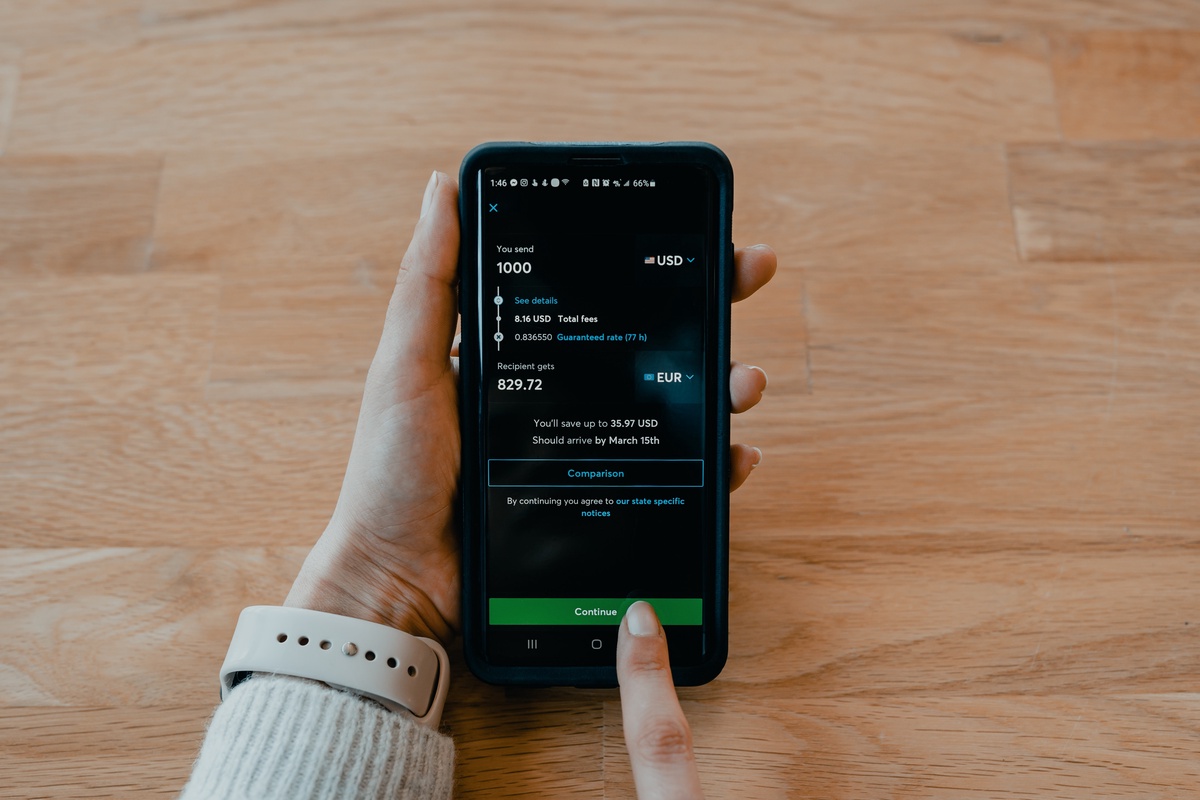Mobile application development for the banking industry is a challenging field that requires a combination of technical skillset, creativity, and business acumen. Mobile banking apps are a very convenient way for customers to access accounts and services and transact, while for banks, these apps are a powerful tool that helps enhance their brand image and customer loyalty.
However, developing a mobile banking app is not a simple task. It involves various factors such as security, future proofing, differentiation, optimization, personalization, online and offline functionality, diversity, support, and integration.
This article will discuss these nine pillars of mobile application development, the application types, reasons for development, and the cost of developing these apps.
Types of Mobile Applications:
• Native Apps: These are developed for a specific platform (iOS or Android) and offer the best performance and user experience. However, they require separate development for each platform.
• Web Apps: Web applications run in a web browser and are platform-independent. They are easier to develop and maintain but may lack some native features.
• Hybrid Apps: These combine elements of both native and web apps. They are developed using web technologies but can be deployed on multiple platforms.
• Progressive Web Apps (PWAs): These web apps offer an app-like experience. PWAs work on any platform and can be installed on a user's home screen.
Reasons for Mobile App Development:
• Business Expansion: Mobile apps can help businesses reach a wider audience and expand their market presence.
• Enhanced Customer Experience: Apps provide a convenient way for customers to interact with businesses, access services, and make purchases.
• Competitive Advantage: A well-designed app can set a business apart from competitors and attract tech-savvy customers.
• Data Collection and Analysis: Apps can collect user data and behavior, providing valuable insights for targeted marketing and product development.
• Brand Building: A well-designed app can strengthen a brand's identity and improve customer loyalty.
Nine pillars of banking application development
1. Security: It is a critical aspect of mobile banking app development and requires high security, but not all banking apps meet the security standards. Many banking apps use outdated security technology or have flaws in their code that can expose the applications to hackers or breaches. Banks must adhere to strict security protocols in the app coding and their work culture. Security is also dependent on user awareness and behavior. Many customers are unfamiliar with online security, do not take necessary precautions, or may not know the use of available security features. User understanding of security is equally important. Many customers do not see the importance of online security, may not know how to protect themselves online, or may not know how to use the available security features.
Some of the best practices for enhancing security in banking applications include:
● Using SSL for communication between bank app and server.
● Implementing biometrics or voice recognition.
● Barring local storage on user devices.
● This consists of an automatic logout feature after a certain period of app inactivity.
● Concealing app code during coding to deny unauthorized visibility.
2. Future ready: Future-proof banking mobile app development ensures that the application can adapt to the changing needs and expectations of customers and meet the evolving regulations and technologies of the industry. It involves conducting market research and getting user feedback to understand customer preferences, pain points and behavior patterns. It also consists in implementing agile and scalable development methods to keep pace with the dynamic nature of the fintech industry. App integration with third-party solutions and APIs can also help enhance the functionality and user experience of the app. Future-proofing also requires ensuring security and compliance to protect the app from cyber-attacks and data breaches. Security and compliance can include encryption, authentication, authorization, biometrics, blockchain etc. This can be achieved by working with a custom cross-platform mobile app development company with expertise in banking app development using best practices and standards of development.
3. Distinct or Differentiated: To succeed in a competitive market, the app offered has to be at least as good as that of the rivals, if not better. This means that the app should include all the features already there in the competitor app, plus have at least one additional feature that makes the app distinct, unique and attractive. The other option is to innovate and create an entirely new set of features and products, but the flip side is that it could be riskier and more expensive to develop. Adding just one unique feature can significantly affect how potential customers perceive the brand and the app. But, creating a banking app is not easy. The development team has to ensure this unique feature is feasible and within the budget.
4. Mobile first: The mobile app developed should not be a copy of the bank website in terms of functionality, UI and UX. Users want a mobile-friendly experience in a mobile app, and generally want to complete actions by swiping or tapping minimum options. On the other hand, branding should be consistent between the bank website and the app. Everything else should be simplified, organized and reduced. Apps serve a specific purpose and should not just be an extension of the bank website. It should be seen as serving as an extra channel to access banking services and offering more value and convenience to the users.
5. Personalization: A key factor separates one banking app from another. This means that the app should have a professional UI and allow users to customize it according to their preferences and needs. Personalization also means that the app should offer personalized services to users, such as real-time customer support, personal financial advice, branch appointments, personalized loans etc. Such services can make users feel more valued and help increase brand loyalty. Some of the features that can help enhance the app's UX include allowing users to access some helpful features without logging in, making main functions or features toggleable, implementing geo-fenced notifications, and more.
6. Combining offline and online modes: A banking app can offer users more value if it combines offline and online features. These features can be developed using native app development. Native apps can provide better performance and functionality than hybrid or cross-platform apps. Another option would be to explore progressive web apps, which can be used offline and take up less space. These apps are easier and less expensive to develop than native apps and can provide many offline-online features.
7. Diverse: The app has to cater to the diverse needs and expectations of potential users who may use different mobile platforms and services. The development team has to be aware of hardware compatibility and app performance to ensure that the app works the same as other and older platform versions. Developers can use cross-platform development tools to save time, costs and resources. Making apps simple and minimalistic also helps reduce the app's impact on device memory and battery.
8. Support: The app should be able to provide customer care options within the app to help users with any queries regarding the application or services. This enables the app to communicate between the users and the bank. It is also possible to use chatbots within the app to offer automated answers to basic queries. These chatbots can also transfer the calls to dedicated human support staff if the users request this. This helps customers feel at ease that their queries are answered in the best possible way.
9. Testing: It is a critical step before app development. Banking apps must undergo more stringent testing to ensure support to multiple users simultaneously, perform their functions flawlessly and be safe to handle financial transactions.
Cost of Mobile App Development for The Banking Industry:
Developing a secure mobile banking app is a complex and costly process that depends on multiple factors, such as concept, features, platform, design, security, and integration, and can range from US$ 30,000 to US$ 500,000 on average. This cost varies depending on the scope and complexity of the app and the choice of programming language and tools. It also depends on the number of third-party integrations, level of security, and compliance required.
Listed below are some of the factors:
• Type of App: Native apps are generally more expensive to develop than web or hybrid apps due to the need for separate development for each platform.
• Complexity: The more features and complexity an app has, the higher the development cost. Features like in-app payments, geolocation, and real-time updates can increase costs.
• Design and User Experience: High-quality design and UX may require additional investment in design and development.
• Development Team: The hourly rates of developers and the development team size can impact costs. Outsourcing may be cost-effective in some cases.
• Testing and Quality Assurance: Rigorous testing and QA processes are essential but can add to the overall cost.
• Maintenance and Updates: Ongoing maintenance and updates also contribute to the total cost of ownership.
Additionally, the cost can include post-launch expenses such as maintenance, support and marketing; therefore, developing a mobile banking app requires careful planning, research and budgeting that can be done by taking the help of a specialist custom cross-platform mobile app development company.


No comments yet